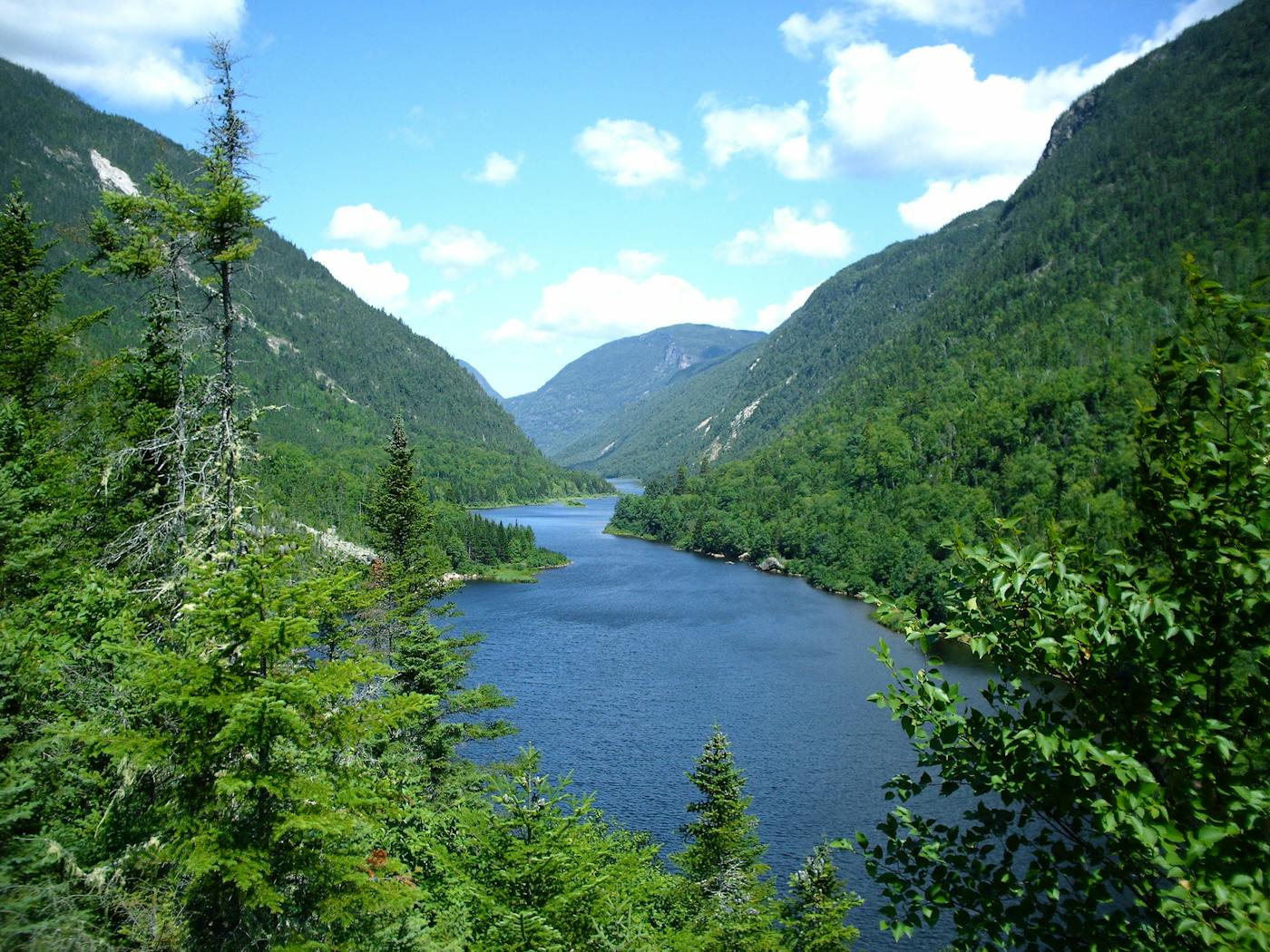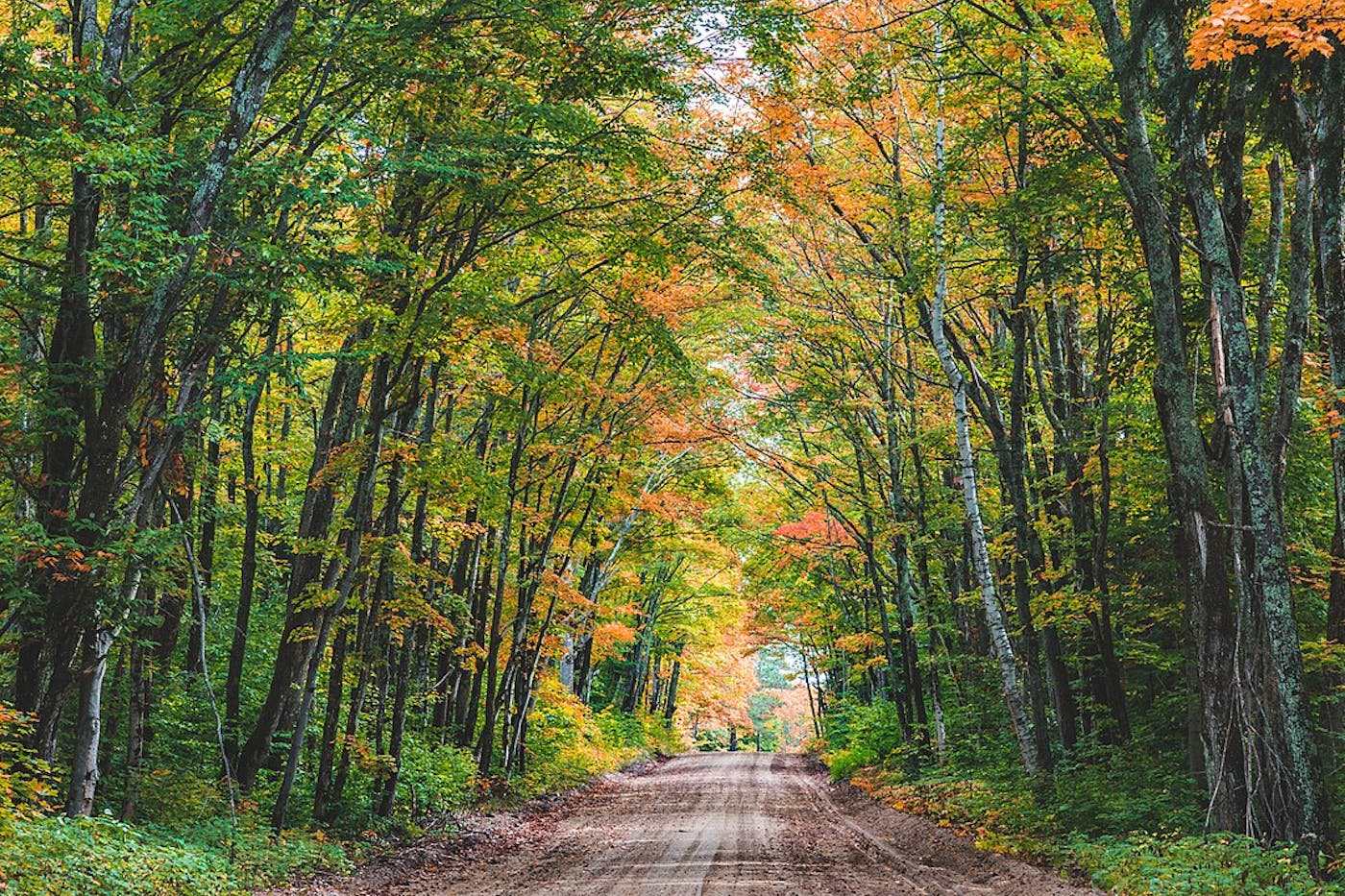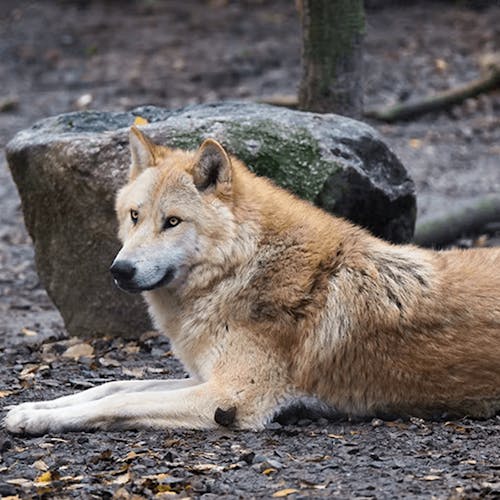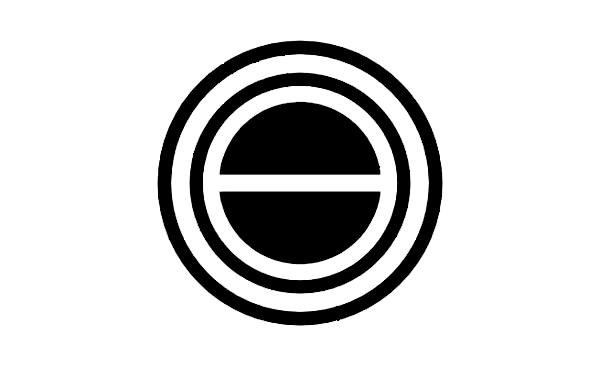Northern Great Lakes Forests bioregion
The bioregion’s land area is provided in units of 1,000 hectares. The conservation target is the combined Global Safety Net (GSN1) areas for the component ecoregions. The protection level indicates the percentage of the GSN goal that is currently protected on a scale of 0-10. N/A means data is not available at this time.
The Northern Great Lakes bioregion, located in the Northeast American Forests subrealm in Northern America, spans from Quebec to Minnesota just below the Canadian Shield forests. The bioregion is predominantly made up of broadleaf forests and includes four ecoregions—Eastern Canadian Temperate-Boreal Forest Transition (333), Eastern Great Lakes Lowland Forests (334), Upper Midwest US Forest-Savanna Transition (343), Western Great Lakes Forests (344)—encompassing most of the Great Lakes. The total land area of this bioregion is approximately 193 million hectares.
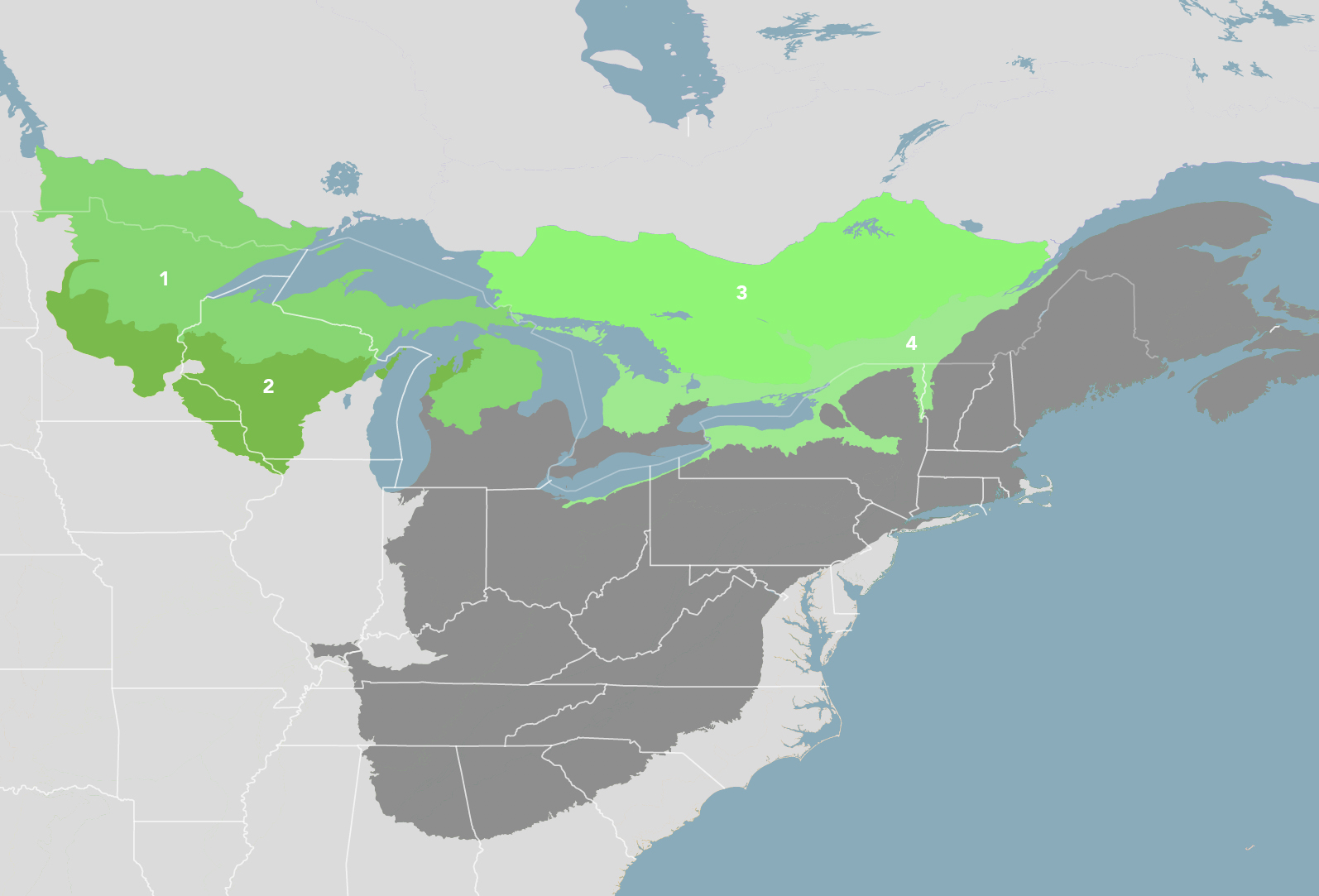
The Northern Great Lakes Forests bioregion is part of the Northeast American Forests subrealm and is made up of four ecoregions: Western Great Lakes Forests [1], Upper Midwest US Forest-Savanna Transition [2], Eastern Canadian Temperate-Boreal Forest Transition [3], Eastern Great Lakes Lowland Forests [4].
Learn more about each of the Northern Great Lakes Forests ecoregions below.
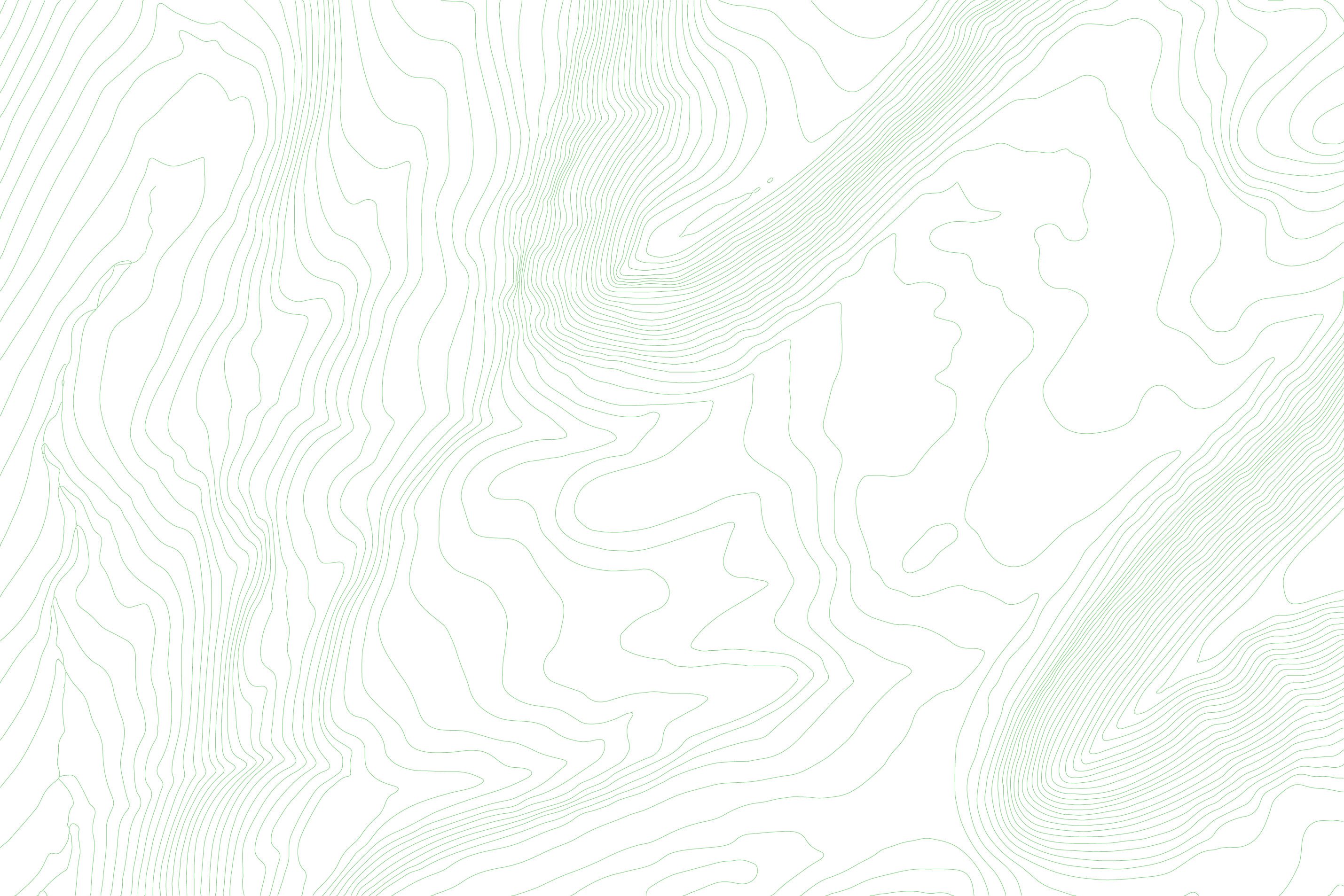
Explore the Bioregions
Want to learn more about the fascinating species, diverse ecosystems, and natural wonders of the Earth? Click the button below to launch One Earth's interactive navigator and discover your Bioregion!
LAUNCH NAVIGATOR